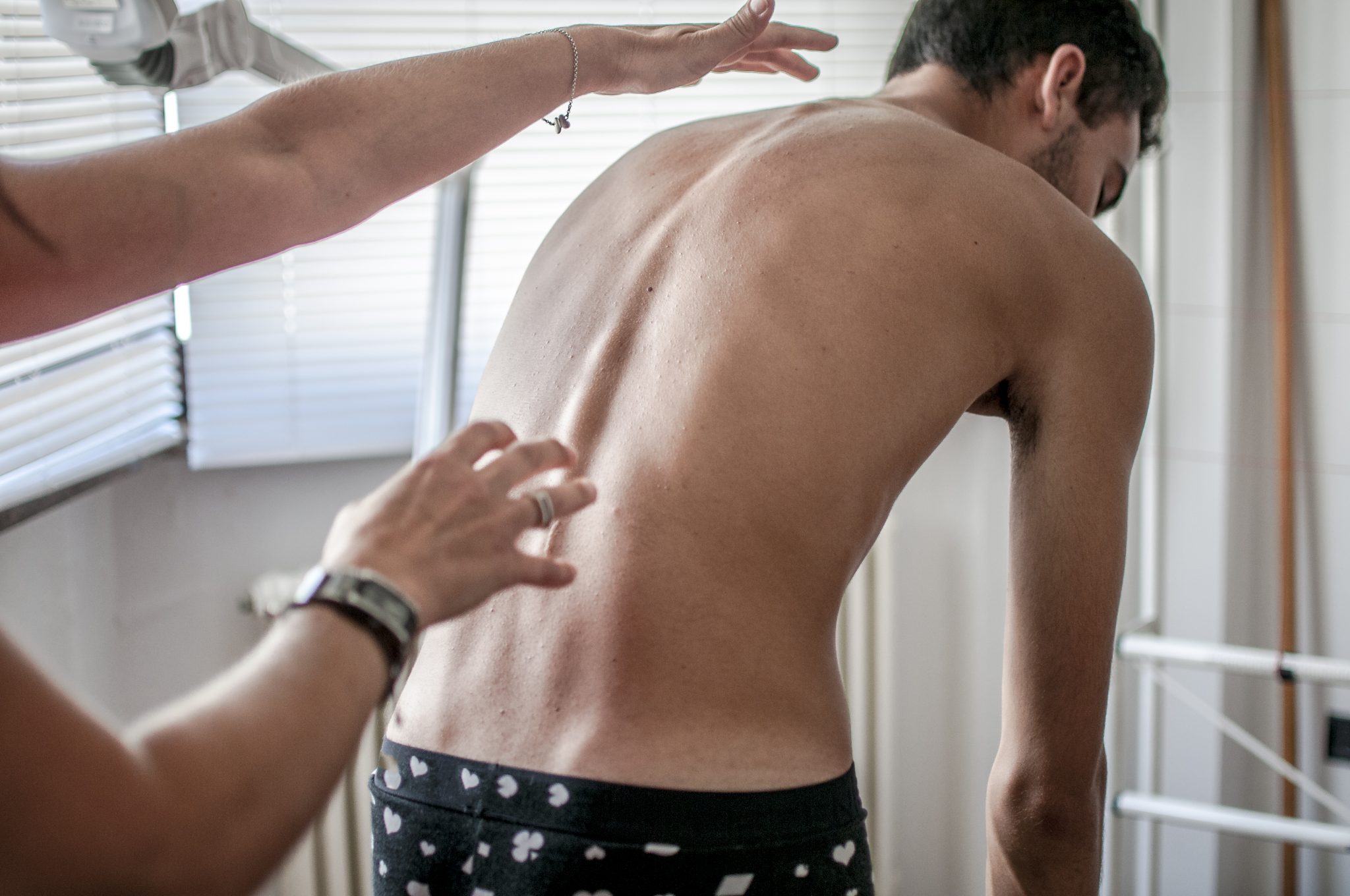In many parts of the world, summer is now in full swing. Summer weather often encourages picnics, visits to the local pool, and generally increased outdoor activity.
A common and popular outdoor summer activity is gardening. But while gardening is a great way to get some exercise (and a terrific way to gather ingredients for fresh, summer salads), the activity poses a risk of musculoskeletal injury. In this article, we will discuss some common gardening injuries and demonstrate how chiropractic care can help patients overcome these ailments.
4 Common Gardening Injuries
Gardening requires the use of tons of different muscles as well as a variety of movements. There are many injuries that could affect a gardener, but here are the top 4!
1. Low Back Pain
Tending a garden requires frequent bending, lifting, and reaching. Anytime someone engages in these movements, they risk injuring their low back.
For this reason, it’s critical that gardeners keep their backs healthy and strong. Furthermore, these individuals should be sure to learn basic ergonomics and body mechanics so that they don’t assume vulnerable spinal postures while gardening.
2. Knee Pain
Gardening often requires squatting down to sow seeds or for tending to the plants as they grow.
Unfortunately, squatting has been demonized in recent years. There are many people who believe that squatting is damaging to the joints of the lower body no matter how the motion is performed.
Truthfully, there is nothing inherently wrong with squatting. Squatting is a functional movement that everyone should be able to do throughout life. However, those that:
- Have knee pain when they squat,
- Complete tons of squats throughout the day,
- Or squat with poor form,
Should be sure to take preventative action against knee pain.
In order to prevent knee pain during gardening, it’s a good idea to wear knee pads or to use a kneeling cushion. By placing your knees on these protective surfaces while working on your garden, you’ll help to reduce your chances of developing knee pain.
3. Rotator Cuff Tears
The shoulders are used heavily during gardening. In order to reach, pull, and carry, gardeners need to have extremely strong upper bodies.
However, if the shoulders aren’t kept strong and healthy during the off-season, they won’t be prepared for the demands of gardening when the time comes. Therefore, it’s vital that all gardeners keep their shoulders in excellent shape year-round.
4. Hand Injuries
Our hands are some of the most intricate tools in existence. Each hand is home to 27 bones, over 30 unique muscles, and tons of different ligaments/tendons.
But because our hands are so complicated, and because we rely on these tools so much throughout the day, they are very susceptible to injury. This is especially true during activities such as gardening.
Gardening requires us to use our hands at awkward angles and for many different repetitive motions. Keeping our hands flexible, strong, and generally healthy is crucial for successful gardening.
Chiropractic Care for Gardeners
One of the best steps that gardeners can take to ensure a healthy, injury-free season is to attend regular chiropractic sessions. In doing so, gardeners can be sure that their spines are in optimal alignment and are functioning to the best possible degree.
When performed by a skilled chiropractor, spinal manipulations can serve to improve the nerve conduction capabilities of the spinal cord and their corresponding bodily areas. When the connections between these areas are reestablished, injuries can often be effectively treated and even prevented.
If you’re gearing up for the gardening season, consider seeing your Plano, TX chiropractors at Keystone Chiropractic. Book your appointment now!





